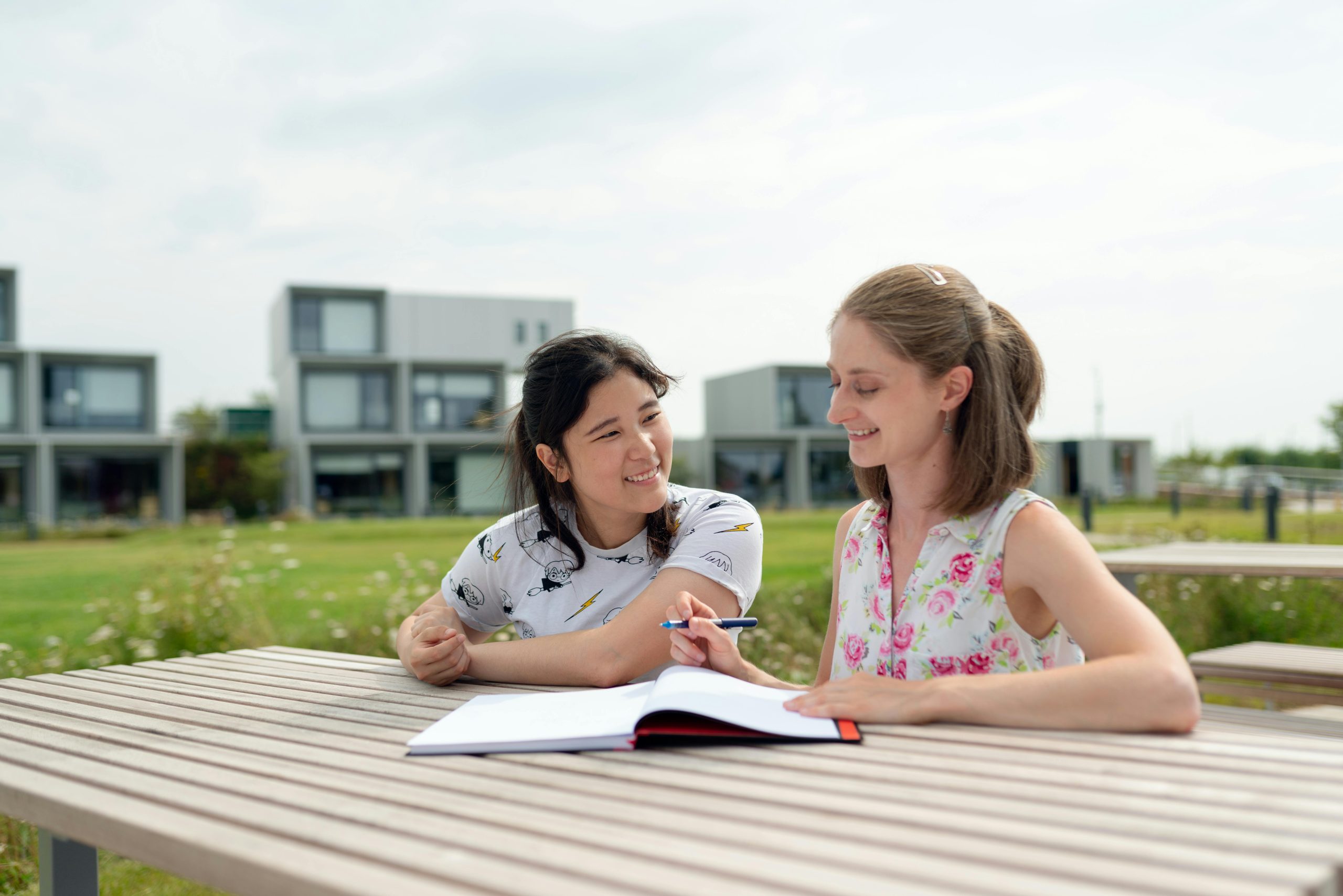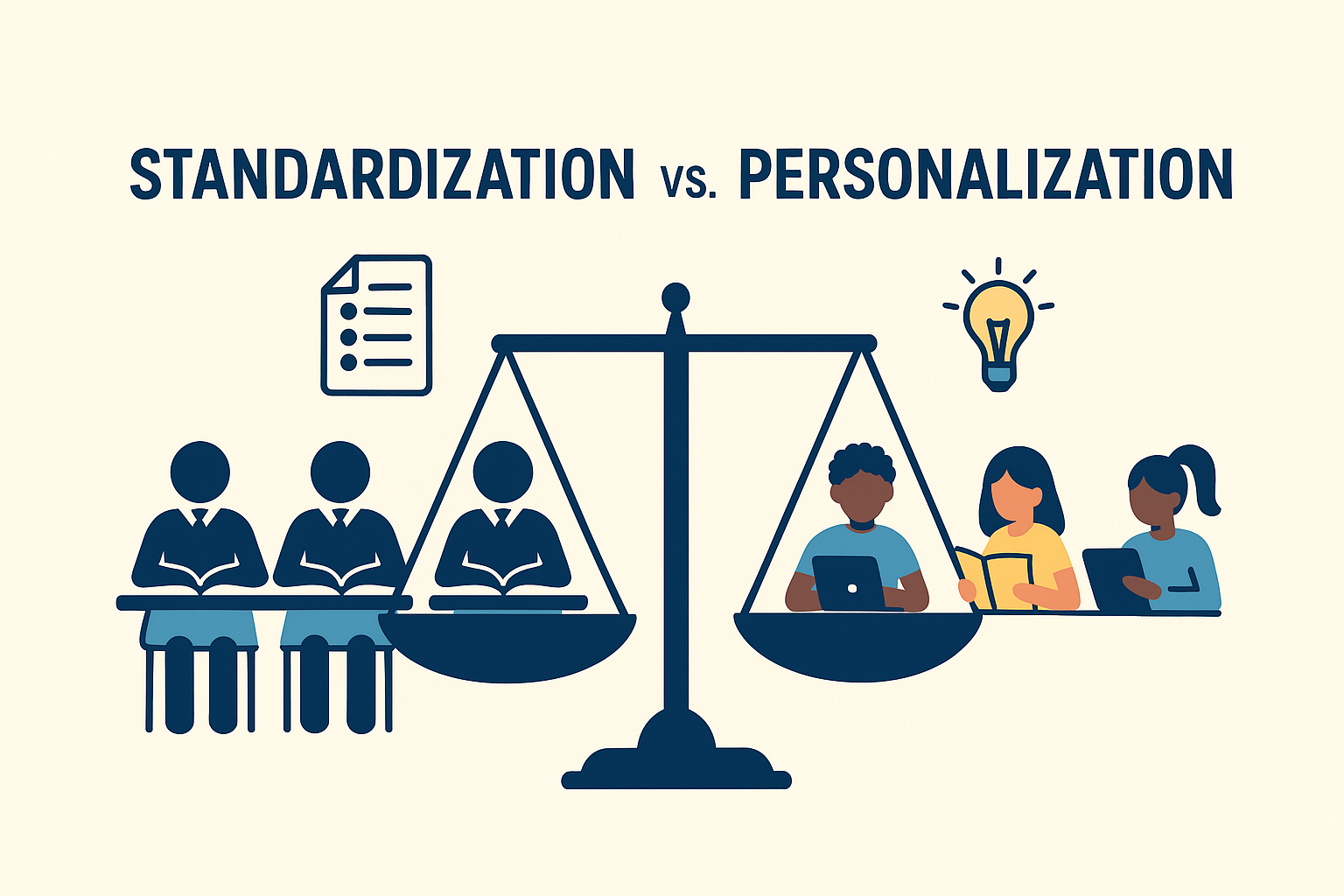ABOUT US
A Smarter Way to Learn—Together
School Friendzy is an extensive collaborative learning platform that aims at making learning more interesting, customized and approachable to all students both in classroom and at home. Add peer-to-peer tutoring, bilingual English-Spanish support, and more than 16 million learning resources, and we are changing how students learn and succeed.
WATCH HOW IT WORKS


Why Choose School Friendzy?
School Friendzy is revolutionizing the conventional education with the help of peer-to-peer learning, bilinguistic assistance, and individualized materials. It is an entertaining, efficient and evidence-based system that enhances performance and confidence of any student.

Collaborative Learning at Its Core
Peers tutor each other in real time in a way that helps students learn. Through mutual teaching and learning, all will gain- and participation will skyrocket.

Personalized, Bilingual Assignments
Assign and deliver in English or Spanish according to the level of every student. Meet them at their current stage, and guide them to develop with confidence.

Backed by Research. Proven by Results
Students who use School Friendzy regularly demonstrate a remarkable change in their performance in math, their participation, and their confidence. We make a difference–and a lasting difference at that.

Preferred by Teachers
• Saves valuable class time
• Supports differentiated instruction
• Works offline—no WiFi needed
• Encourages students to show their work
• Dual-language support for inclusive learning
Loved by Parents
• Track your child’s progress
• Boost academic performance with fun challenges
• Help build self-confidence in math and literacy
• Engage your child in global learning competitions

Unlock the Power of Collaborative Learning Today!
Recent Post
Just imagine a classroom where every voice speaks a different language. And it’s very hard to follow lessons, make friends, or even feel part of the group. Many English Language Learners (ELL) and English as a Second Language (ESL) students face this problem every day. But the good news is that technology is helping. New tools these days can let teachers connect with every student. Students miss more than the lesson if they don’t understand the classroom language. They miss the chat, the jokes, the group work, and also the little clues that make ideas click. They can’t jump into talks or ask for help. That slows progress and can also make kids feel alone. Classrooms in the U.S. are rich with many languages. Some schools have kids from dozens of language groups. Teachers need clear and straightforward ways to communicate with everyone. And it’s not only about words, but culture matters too. Students bring different customs and different views. Those deserve respect. Technology can facilitate both rapid translations and enhanced cultural awareness. Helping students learn English brings special challenges. Gaps in language can make it difficult to determine if a child truly understands. Sometimes a nod could just mean they’re being polite, not that they actually understand. In this situation, the student may quickly fall behind. Many schools lack sufficient support. One teacher may work with kids who speak five or more languages. And that’s a tough job if you don’t have the right tools. Skills also vary a lot. Some read well but struggle to speak. Others can listen and talk, but struggle with writing. Each learner needs a plan that meets them where they are. That’s where the right tech can shine. Google Translate can help with simple daily tasks. Teachers can translate worksheets, quick notes, or short instructions for families. It’s handy for a start. But meaning and cultural tone can slip. Devices like the Fluent Audio Interpreter offer live voice translation in 50 languages. Students can speak freely, teachers can respond immediately, and classmates join in naturally. The confusion will fade, and genuine learning starts to take root. Digital books designed for language learners do more than just display text. They add built-in dictionaries, audio for hard words, and pictures that ground tricky ideas. A student taps a word and gets help on the spot. Many platforms also track growth. Teachers see which words or ideas cause trouble. Then they can guide practice right where it’s needed. Classroom headphones let students learn at a comfortable pace. They can replay tough parts again and again, and that too without feeling shy. Captions on videos connect spoken language to written text. Charts, pictures, and clear visuals turn ideas into something you can see. When kids see what you mean, the message lands even if a few words are missed. Virtual Reality places students in real-life scenes they can’t visit in person today. A store. An interview. A bus ride. They practice English in those spaces and build confidence for the day it matters. AI tools adjust to each learner. They spot patterns in errors. Then they set up short, focused lessons to fix those gaps. Simple. Targeted. Helpful. Teachers use images, short clips, and clear steps, so ideas make sense without heavy talk. And new words get repeated out loud. That boosts memory and sound awareness. Recording tools also give students a quiet space to practice speaking. They record a line, listen, and try again. There is no pressure, but just steady growth. Families matter here, too. Schools can translate newsletters or host meetings with the assistance of interpreters. When parents feel informed, kids gain a steady lift. Strong reading is the basis for all school learning. Programs like Fast ForWord build that base with focused, brain-based practice. Over time, kids read with more ease and clarity. For younger learners, Road to the Code grows sound skills. It helps children hear and work with the building blocks of words. Across an 11-week plan, kids link letters to sounds and open the door to reading. Parents can help most by reading together and discussing daily life. A trip to the market. Making tea. A quick story at night. Those small talks help naturally grow your vocabulary. Education is changing fast in many schools today. Peer-to-peer tutoring happens when students teach other students, rather than just learning from teachers. This kind of learning is growing in regular classrooms and also on online platforms. Working together keeps classes lively, builds teamwork, and also lifts grades. Many schools now use it because the results are easy to see. It feels like passing a ball across a court—quick, direct, and fun. And it also brings everyone into the game. Normally, teachers do most of the talking in a typical classroom. But peer-to-peer tutoring is different, as it can change that plan. One student who understands the lesson can teach another student who needs help. The idea basically comes from team learning. People have used this type of tutoring for a very long time. But you should know that it is not the same as group work. In peer tutoring, every session has clear roles and goals rather than just loose teamwork. Learning from a classmate often makes ideas click. When tutors explain ideas, they look deeper into the topic and become more confident in their understanding. That helps both people. Gains show up in marks, too. A study with grade nine students in the Philippines found that almost thirty-nine percent who had peer tutoring reached mastery in math. Students without peer tutoring mostly stayed at low mastery. Students grow people skills through this work. Tutors learn to share ideas in simple words, and tutees feel at ease asking questions to a peer. Both can build confidence and also make new friends. The room starts to feel safe and warm. These benefits can also reach past school and help later in daily life. Teachers should also pair students with care. Sometimes a mix of strengths can work best. A strong reader can help someone who struggles with reading but shines in math. Pairing students from different backgrounds and skill levels also makes sessions more interesting and fairly balanced. And that makes learning more interesting for everyone. Each session needs a very clear aim. Today, we will practice multiplying fractions, which is more effective than just studying math. Good tutors set small tasks. Examples include solving five-word sums together or talking through a set reading. Short time blocks keep focus tight and energy high. Several methods work well. In Paragraph Shrinking, students take turns summarizing each part to build reading skills. Paired Reading builds a steady flow as partners read aloud together. With Rally Coach, one student solves a problem step by step as the other gives small hints. Model Building uses hands-on pieces to turn abstract concepts into tangible models. And yes, you can mix these based on the lesson. Online tools can also make tutoring possible even when people are apart. Students can meet on video, write on a shared whiteboard, and send quick notes. These tools open the door to learning at any time and from any place. Simple guides and clear rules can also help keep screens from getting in the way. Teachers guide the whole process. They choose tutors who are patient and good at clear talk. They give quick training on helpful methods and share prompts and simple steps. During sessions, they walk the room, listen, and nudge pairs back on track when needed. If a match struggles, they switch partners or model a short example and let the pair try again. Some students can feel shy at first. Others may speak too much and forget to listen. Teachers can assign roles that rotate, like speaker, coach, reader, and checker. Another problem comes when a tutor shares an error. Regular check-ins with the teacher fix that fast. Time can also slip away, so use a simple timer and wrap with a short recap. Teachers should watch growth in many ways. Tutors can write quick notes after each session on what went well and what to change. Tutees can share a short thought on what they learned and what still feels hard. Teachers can track quiz marks and reading levels to see steady gains. The aim is steady progress and not a rush to hit a date. Peer-to-peer tutoring changes rooms by putting students in charge of part of their learning. When students teach other students, they own the work in a new way. This approach shines best beside regular teaching. With these simple moves, you can build rooms where learning runs deep and key life skills grow at the same time. It is good for grades. It is good for confidence. And it makes school feel more human for everyone today. Education faces a very clear question. Should we teach every student the same way or tailor learning for each child? Personalization means lessons fit a student’s needs and also their interests. Standardization can give everyone the same lessons and tests. Both of them offer real value. This recent study emphasizes that standardization and personalization are not in conflict but are actually complementary, offering consistency while enabling individualized instruction. Schools need both to help kids do well. The real work is finding the right mix. Us ed together, these methods make learning fair and steady, and also help each child grow at their own pace. Standardization gives all students the same lessons, methods, and tests. It keeps the quality of teaching similar across the schools. Teachers also follow clear plans with some set goals. Students can also take the same test, and so results can be compared fairly. This approach helps all. No student is left behind because of where they live or study. Personalization, on the other hand, adjusts learning to match each student’s needs and likes. It aims to make school engaging and also to spark creative thought. According to the situation, the Teachers may let some kids move faster or maybe slower. Students can also choose topics that interest them. Activities can shift to match how each child learns best. The gains in this approach include stronger motivation and a deeper understanding. Standardization gives equal access to the same content for all kids. Everyone gets a fair shot in this system, regardless of their income level and whether they live in small towns or cities. Schools can also measure progress clearly to see if students learn what they should. Teachers can also know exactly what to cover. Students can earn diplomas and test scores that colleges and employers accept across many places. And this helps kids get ready for life after school in a connected age. One approach won’t fit every student. Some get bored when lessons move too slowly. Others feel lost when classes move too fast. The same style year after year can also drain interest. Also, equal access does not always lead to equal results because kids from different backgrounds may need different support to succeed with standard lessons. Kids learn in different ways. Some learn by seeing, others by hearing, and some by doing. Personalization can also make room for those differences. Choice brings energy because kids engage more when they can pick what to study. Matsh reports that students in personalized learning programs score about 30% higher on standardized tests, exhibit 75% motivation versus just 30% in traditional classrooms, and schools report increased attendance and lower dropout rates, showcasing the real impact of tailored instruction. Students with special needs or advanced skills get what they truly need. Teachers learn more about each child and can spot problems early. It also builds independence and strong thinking skills that standard tests do not show. Creating varied lessons can take considerable teacher time and effort. Schools may also need more tech, books, and training materials. Grading can also get harder when projects differ. Big classes make one-on-one help tough. Many schools lack funds for special tools or programs. Some teachers have not yet learned how to personalize Welt. Schools can teach core areas like math and reading with standard methods. And they can add projects or electives based on student interests. A student may follow regular math, then use it for a project on sports stats or game design. Learning tools can track progress and adjust lessons on the fly. These tools keep to shared goals but change how they present ideas. Kids who need practice get more examples. Those ready to stretch move ahead faster. Teachers need guidance to blend both paths. Strong training shows how to meet shared goals with varied teaching styles. Schools should also give planning time for building mixed lessons. Students can take common tests to check basic skills. And they can show deeper learning with projects, portfolios, or talks. This mix measures shared skills and personal strengths. Leaders must make sure personalization helps every student. That means sending extra resources to schools with greater needs. All schools should have equal access to tech and training. Finland uses a national plan for what kids should learn. But teachers choose how to teach those topics. There are a few large tests, yet students there rank among the top across many countries. Montessori classrooms set clear steps for math, reading, and science. But kids choose daily activities and move at their own pace. The International Baccalaureate program sets high standards across subjects. It also asks students to explore their questions through research and service.Using Technology to Break Down Language Barriers in Education
Language Barriers in Education
Challenges Teachers Face with ELL/ESL Students
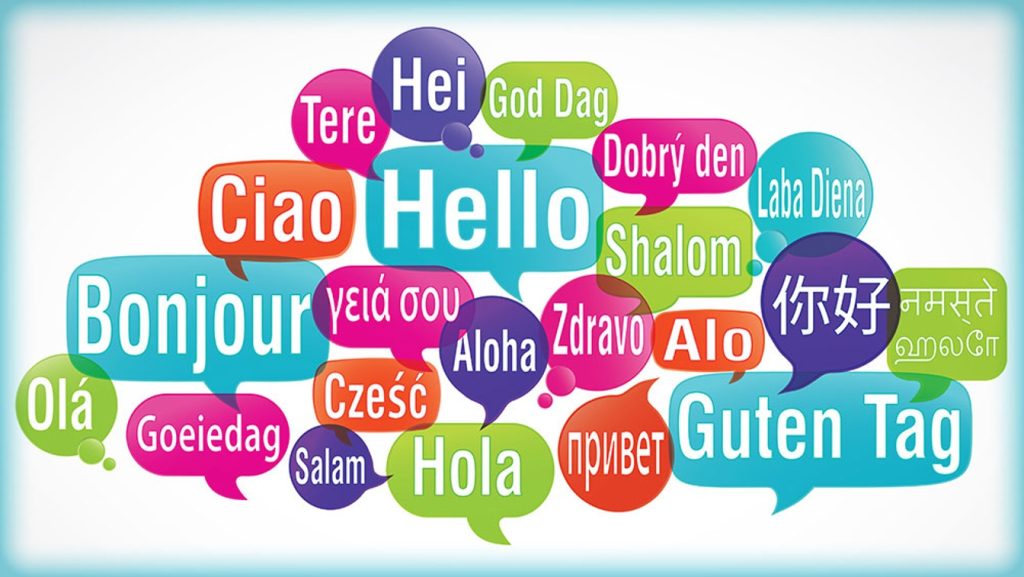
Technology Solutions for Overcoming Language Barriers
Translation and Interpretation Tools

Interactive Learning Platforms
Audio-Visual Aids
Emerging Technologies
Creating an Interactive Learning Environment
Literacy Programs as a Bridge to Language Proficiency

How Peer-to-Peer Tutoring is Transforming the Modern Classroom
What is Peer-to-Peer Tutoring?
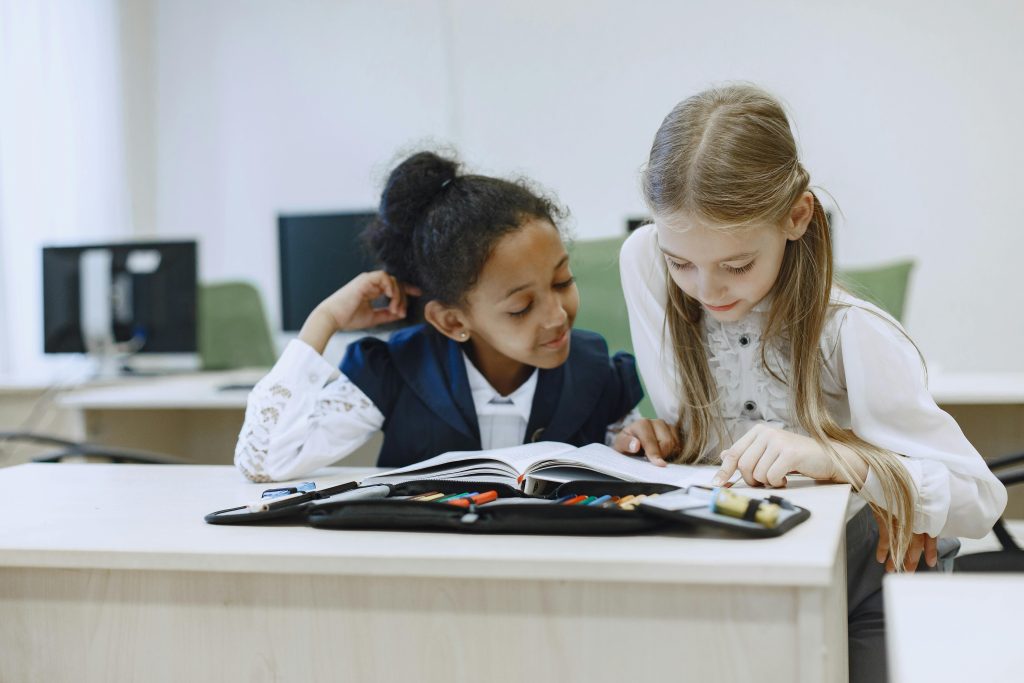
Key Benefits
Academic Benefits
Social & Emotional Benefits
Strategies for Implementation
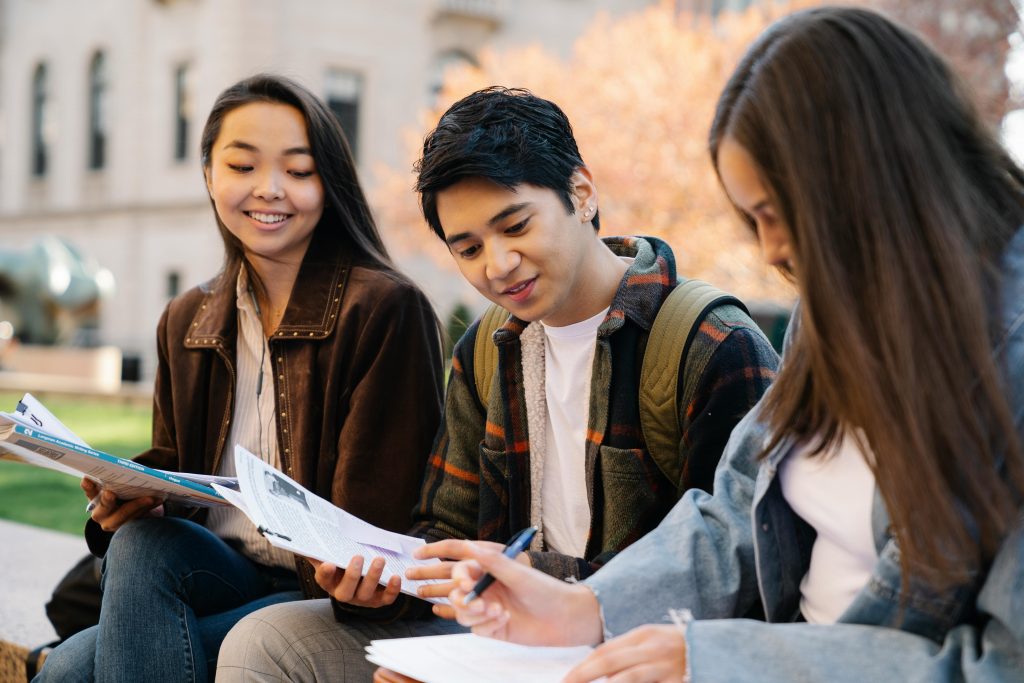
Group Formation
Structure & Goals
Teaching Techniques
Technology Integration
Role of Teachers in Peer Tutoring
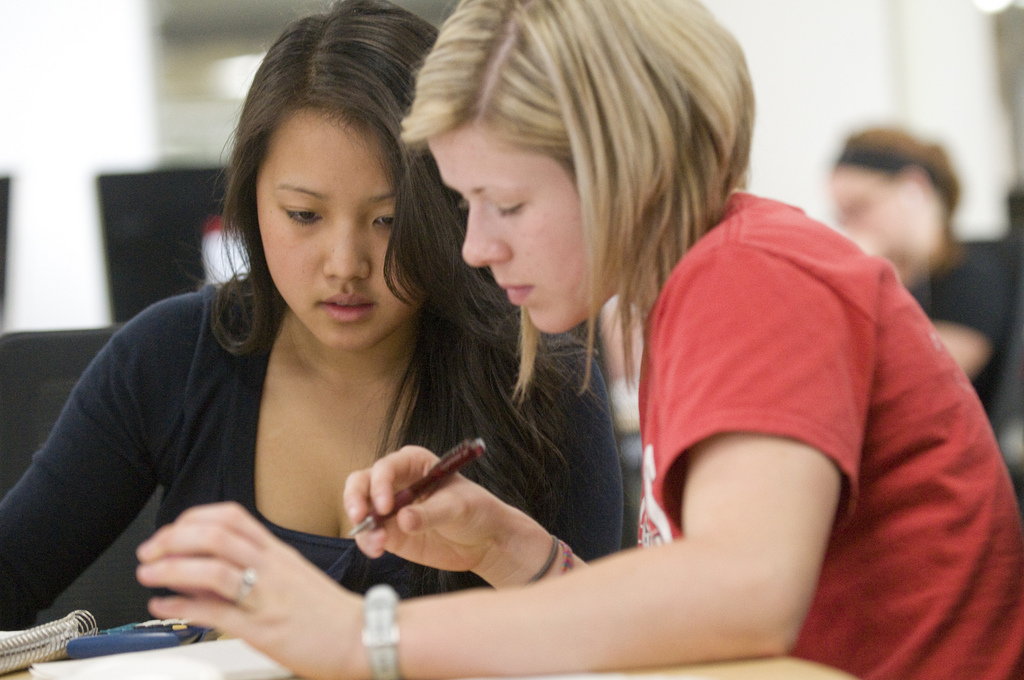
Overcoming Challenges
Measuring Success
Conclusion
Personalization vs. Standardization: Striking the Right Balance in Education
Two Approaches
What is Standardization in Education?
What is Personalization in Education?
The Case for Standardization
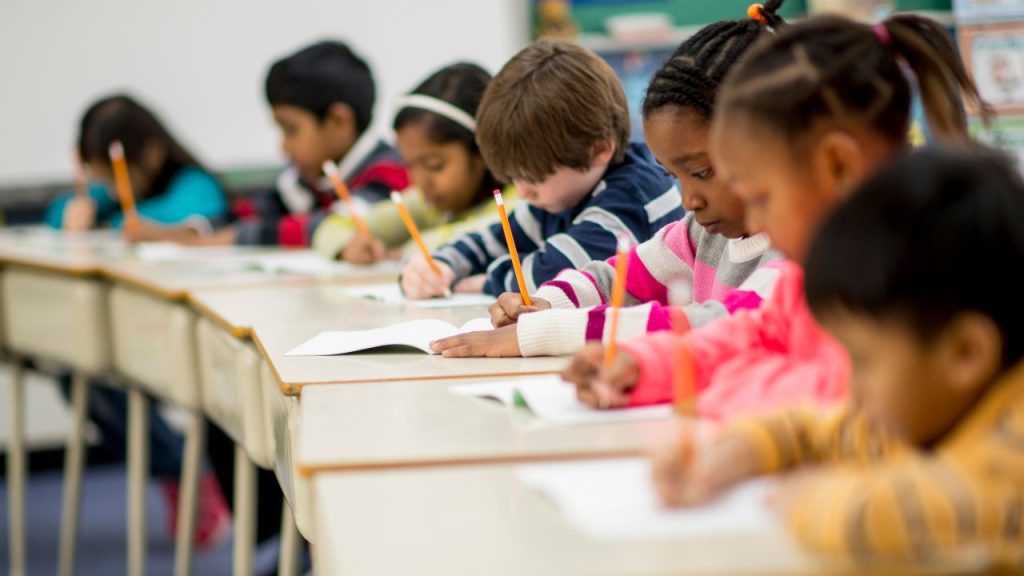
1. Benefits
2. Limitations
The Case for Personalization
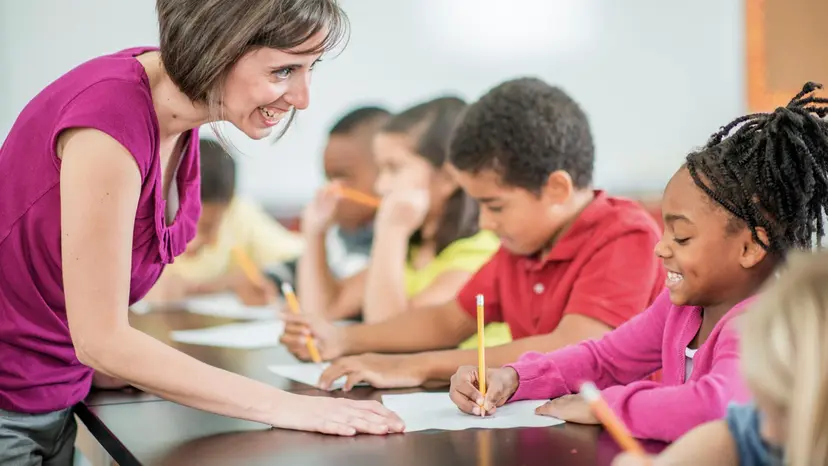
1. Benefits
2. Limitations
Strategies for Striking the Right Balance
Hybrid Curriculums
Using Technology
Teacher Training and Support
Flexible Assessment Models
Policy and Resource Allocation
Examples of Balanced Models
The Power of Personalized Assignments in Boosting Student Success
Meeting Students Where They Are
Personalized assignments are changing education by recognizing that every student learns differently. Instead of forcing all students to follow the same path, personalized assignments allow each learner to go at their own pace and focus on what they need most support. This way advanced students stay challenged and those who need more time aren’t left behind. By meeting students where they are, we close achievement gaps and give every learner a sense of accomplishment.
Enhancing Engagement and Motivation
One of the biggest benefits of personalized assignments is they keep students engaged. When students have a voice in their learning and are given tasks that align with their interests or learning style, they’ll participate more and stay motivated. For example a student who loves visual information might get assignments using infographics or videos, another who prefers hands on might get project based tasks. This way we prevent boredom and frustration and make learning more meaningful and fun.
Improving Academic Performance
 Research shows that personalized learning strategies including customized assignments lead to better academic results. Students in personalized programs score higher on standardized tests and retain more of the material. By allowing students to show their understanding in a way that suits them best (e.g. essays, presentations, creative projects) teachers can more accurately assess each student’s mastery of the subject. This flexibility supports diverse learners and leads to higher exam scores and higher course completion rates.
Research shows that personalized learning strategies including customized assignments lead to better academic results. Students in personalized programs score higher on standardized tests and retain more of the material. By allowing students to show their understanding in a way that suits them best (e.g. essays, presentations, creative projects) teachers can more accurately assess each student’s mastery of the subject. This flexibility supports diverse learners and leads to higher exam scores and higher course completion rates.
Fostering Critical Thinking and Independence
Personalized assignments encourage students to take ownership of their learning. When students are given choices in how they complete tasks or explore topics they develop essential skills like critical thinking, problem solving and time management. These assignments often require students to reflect on their progress, set goals and find resources independently. As a result students become more confident, self directed and prepared for higher education and the workforce.
Creating a More Inclusive Classroom
Leveraging Technology for Personalization
Technology has made it easier than ever for teachers to create and manage personalized assignments. Digital platforms can analyze student performance and suggest tasks, quizzes or projects that address specific learning needs. They also give real time feedback so students can track their progress and adjust their learning as needed. So teachers can support large classes and still individual needs.
Conclusion: A Pathway to Lifelong Success
The beauty of personalized assignments is that they make learning relevant, engaging and effective for every student. By personalizing we not only improve academic success but also give students the skills and confidence for lifelong learning. As classrooms evolve personalized assignments will be at the heart of student centered education so every learner can succeed.
Join Over 4 Million Happy Learners
Friendzy educational apps are downloaded over 4 million times per year—and counting!
DOWNLOAD THE APP NOW





